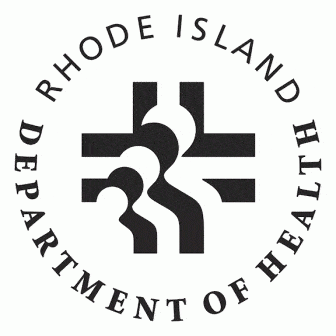

PROVIDENCE, RI — The Rhode Island Department of Health (RIDOH) announced the first probable monkeypox case in a male in his 30s, a resident of Providence County.
The person has tested positive for an orthopox virus, and confirmation for monkeypox is pending testing at the Centers for Disease Control and Prevention (CDC). This case is believed to be related to travel to Massachusetts, RIDOH reports.
RIDOH is conducting contact tracing to find anyone who may have been exposed to the patient while he was infectious. Contacts will be monitored by RIDOH for three weeks after their last day of exposure. This contact tracing approach is the most appropriate given the nature and transmission of the virus. The individual is hospitalized and in good condition. RIDOH is identifying and monitoring the patient’s close contacts. No additional positive cases have been detected in Rhode Island.
“While monkeypox is certainly a concern, the risk to Rhode Islanders remains low – even with this finding. Monkeypox is a known – and remains an exceedingly uncommon – disease in the United States. Fortunately, there is a vaccine for monkeypox that can be given before or after exposure to help prevent infection,” said Interim Health Director James McDonald, MD, MPH. “RIDOH continues to engage in active case finding and we have been communicating the latest information with healthcare providers so that they have the information they need to help us ‘identify, isolate, and inform’.”
Monkeypox is not known to spread easily among humans; transmission generally does not occur through casual contact. Human-to-human transmission occurs primarily through direct contact with body fluids, including the rash caused by monkeypox. Transmission might also occur through prolonged, close, face-to-face contact. The time from someone becoming infected to showing symptoms for monkeypox is usually 7−14 days but can range from 5−21 days. Infected people are not contagious before they show symptoms.
Symptoms of monkeypox include fever, headache, muscle aches, exhaustion, and swollen lymph nodes. Infected people develop a rash, often beginning on the face then spreading to other parts of the body, that turns into fluid-filled bumps (pox). These pox lesions eventually dry up, scab over, and fall off. The illness typically lasts 2−4 weeks. Currently, there is no proven, safe treatment for monkeypox, though the limited evidence available indicates that smallpox treatments may be useful. Most people recover with no treatment.
Anyone who has symptoms of monkeypox should call their healthcare provider before going to the office for an appointment. Let them know you are concerned about possible monkeypox infection so they can take precautions to ensure that others are not exposed.
CDC is also tracking multiple clusters of monkeypox that have been reported in recent weeks in several countries that don’t normally report monkeypox, including Portugal, Spain, and the United Kingdom. While anyone who has been in close contact with a confirmed or suspected monkeypox case can acquire monkeypox, people who have recently traveled to a country where monkeypox has been reported or men who have sex with other men are currently at a higher risk for monkeypox exposure. It is important to avoid stigmatizing any groups that may be considered at higher risk of exposure to the disease.
Anyone, regardless of sexual orientation, can spread monkeypox through contact with body fluids, monkeypox sores, or shared items (such as clothing and bedding) that have been contaminated with fluids or sores of a person with monkeypox. Monkeypox virus can also spread between people through respiratory droplets typically in a close setting, such as the same household or a healthcare setting. Common household disinfectants can kill the monkeypox virus.
This is a test
